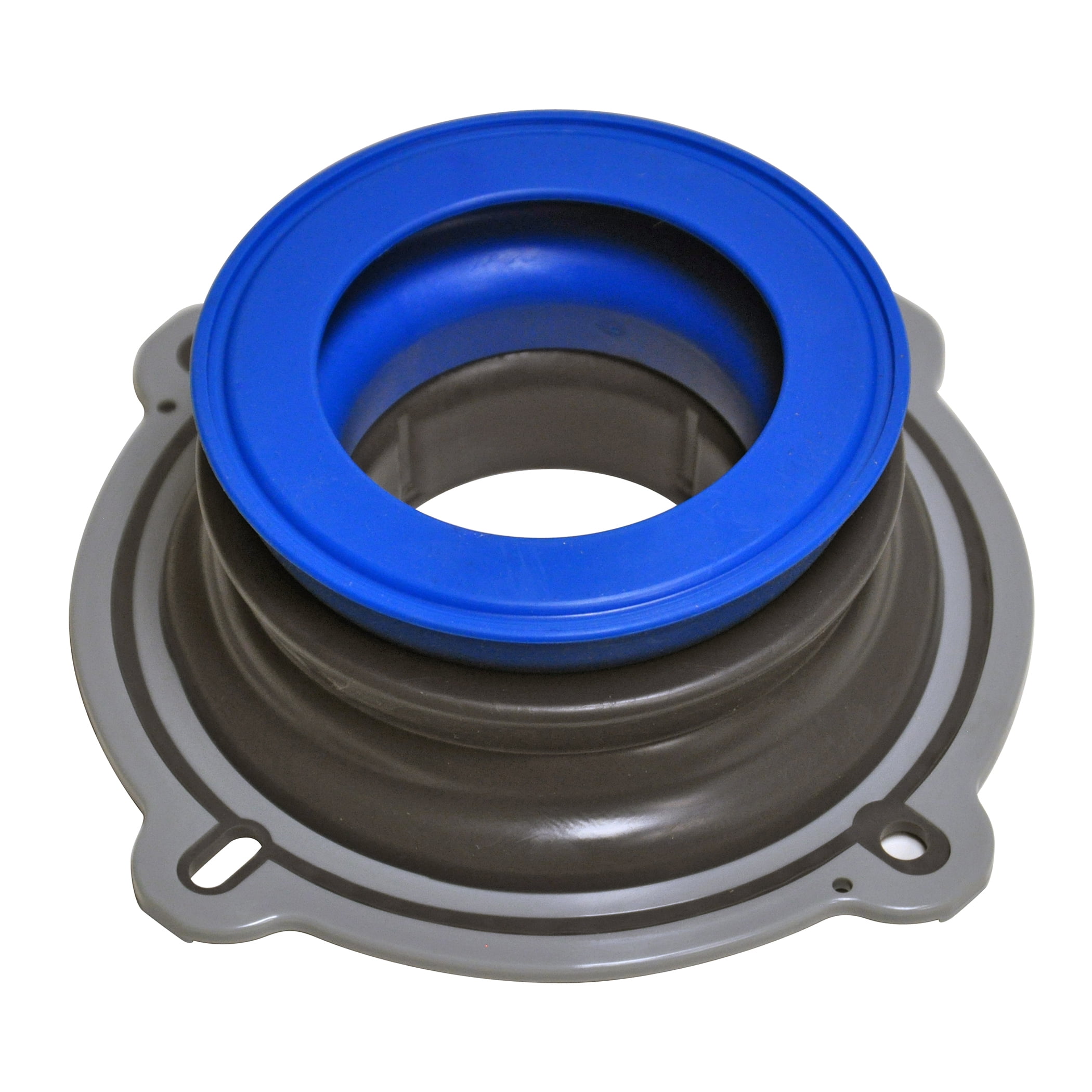

STEP 5: Remove the old toilet gasket seal residue. It’s easier to balance the toilet on the towel by leaning it slightly against a wall or bathtub.

Without putting the toilet down, shuffle over to the towel. It may feel slightly stuck at first (thanks to our friend the wax ring), but it should come loose. With a straight back and bent legs, stand up to remove the toilet from the flange. Standing over the toilet with one leg on each side, bend down and grab the underside of the toilet, close to the tank. This is where the toilet will sit after it’s removed the towel will cushion it and soak up any leaks. STEP 4: Remove the toilet.įold a large towel into quarters and lay it on the floor a few feet from the toilet and next to a wall or other sturdy vertical surface. Once the nuts are off, slide the plastic washer up off of the bolts. There are replacement bolts in the wax ring kit, so don’t worry about crushing the threads.

In cases where the bolt keeps spinning, grab the threads with a pair of pliers to hold it in place. Use the adjustable wrench to loosen and remove the nut. Use the flat head screwdriver to pop the caps off of the bolts, exposing the nut and washer on each. There is one on either side of the toilet, and they’re usually covered with plastic caps. The anchor bolts are the two pieces of hardware that hold the toilet to the floor. Be sure to have the small bucket on hand and tuck the end of the supply line into it after it’s removed to capture any residual water trapped in the line. Turn the plastic nut (or brass nut, in some cases) counterclockwise until the hose becomes loose. In many cases, this hose may be only hand-tight, so attempt to remove it with bare hands first. Remove the supply line from the underside of the toilet. RELATED: Solved! What to Do When the Toilet Won’t Flush STEP 2: Remove the supply line. Some may also choose to soak up the residual water inside the bowl with a towel. This won’t likely get all of the water, but it’s possible to get most of it. Next, use the plunger to push as much of the water remaining in the toilet down and into the drain pipes. Hold the flush lever down until the tank empties as much as possible. Turn that valve clockwise until the tank no longer refills after flushing. Typically, there will be a braided steel hose running from the bottom of the toilet tank to a valve on the wall. The first step to change a wax ring is to shut off the water supply. STEP 1: Shut off the water supply and drain the toilet. Otherwise, a standard wax ring should work. When replacing toilets, if the floor flange and drain pipe are any more than ¼-inch lower than the finished floor, use an extra thick wax ring. Anytime someone pulls (removes) a toilet from the flange or is replacing a toilet, they have to replace the wax ring in order to ensure a tight long-lasting seal.īefore you begin removing a toilet, it’s also important to decide what size wax ring is required. If the toilet is wobbly, the floor flange is probably broken and needs to be replaced, which requires removing the toilet. If those areas are dry and secure and water is still collecting around the toilet base, it’s probably time for a toilet wax ring replacement. If there is water pooling around the toilet, be sure to check the water supply line going to the back of the toilet as well as the gaskets between the toilet and the tank.

Project OverviewĮstimated Cost: Under $20 for just the wax ring replacement under $50 to also repair the flange BEFORE YOU BEGINĪssess whether or not the toilet ring seal needs to be replaced. We are a participant in the Amazon Services LLC Associates Program, an affiliate advertising program designed to provide a means for us to earn fees by linking to and affiliated sites.


 0 kommentar(er)
0 kommentar(er)
